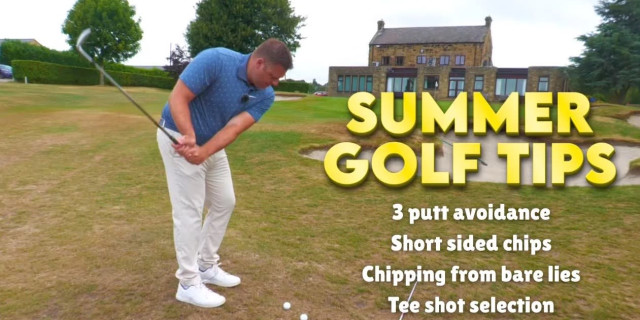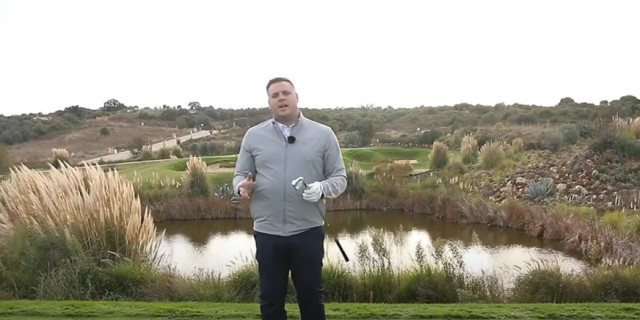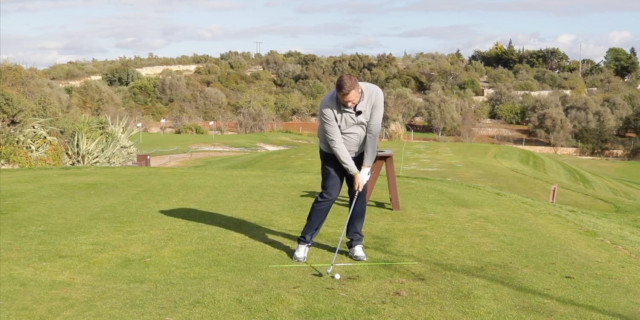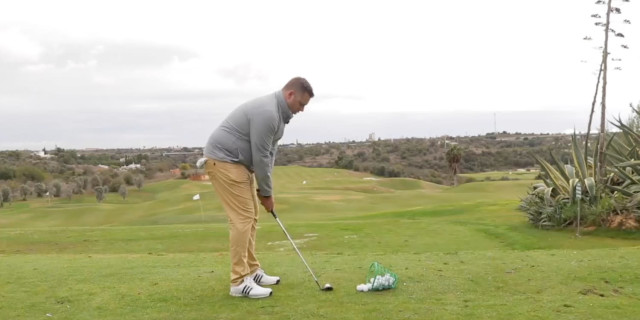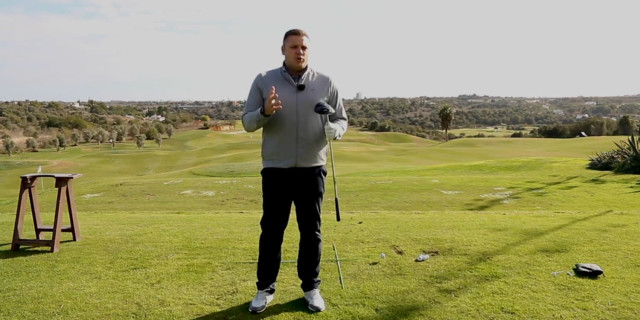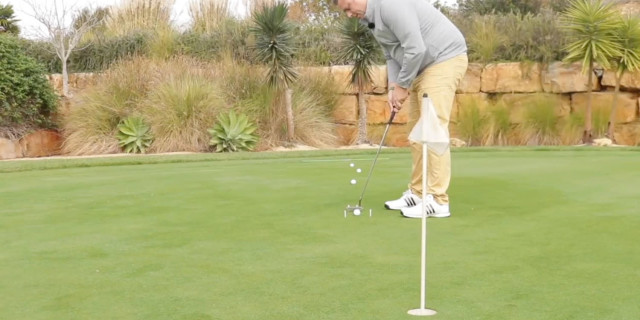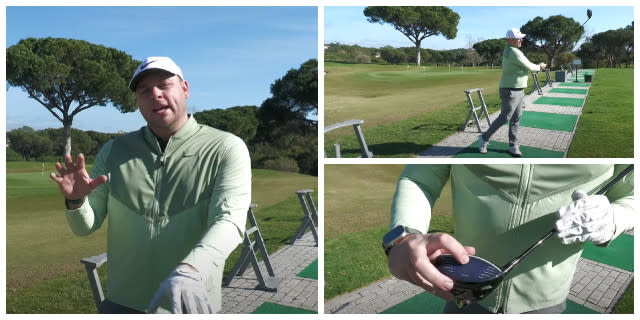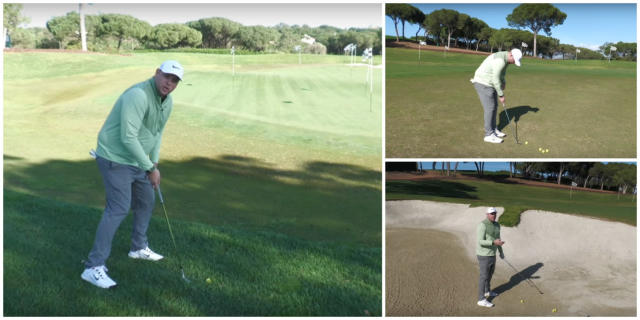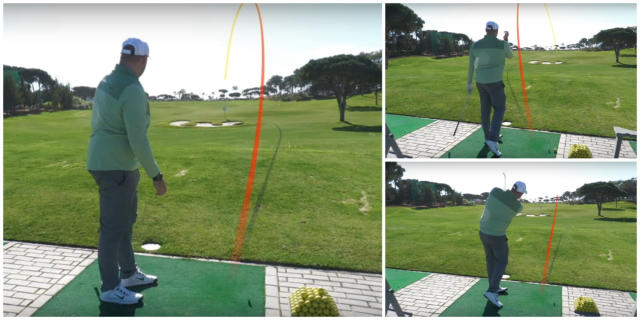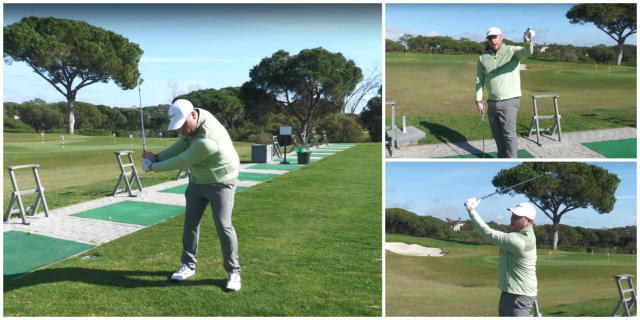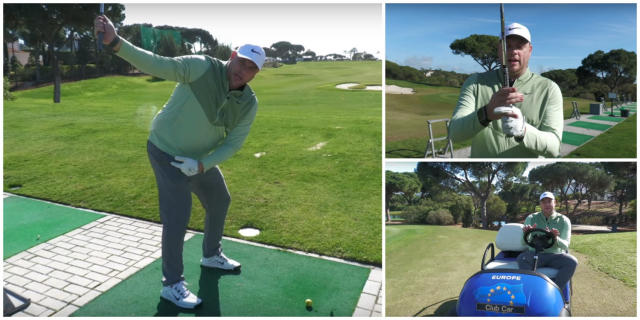5 Tips amateur golfers could learn from a tour caddie
Following a recent trip by Golfshake ambassador Andrew Picknen to get the 'Tour Caddy Experience' from Tour caddie Steve Brotherhood, we caught up with Steve, caddie for Davie Howell and the brains by the service targeting golfers (www.tourcaddyexperience.co.uk), to find out the top 5 tips golfers could learn from an experienced caddie.

1. Pre-Shot Routine
The pre-shot routine is a must in every golfers game. Not only does it give you a start trigger entering into your shot but also it helps your alignment and ball position. I believe that cementing this into your game will be a big help. I suggest that if you don’t have a solid pre-shot routine in your game you go and see your local pro and let them help you add this into you game.
2. Club Selection
Most of the golfers I see for the 'Tour Caddy Experiences' I’ve done so far think they hit the ball further than what they actually do. I try and explain that knowing their distances are very important and I recommend that they go see a local golf shop that has some kind of tracking system like Trackman, flight scope etc.
Launch monitors will help you by taking an average of each club and print you out a distance for each of your clubs, and when you have done this I think you will be surprised. Without knowing exactly how far you hit the ball it is very hard to judge the playing yardage when you have to take into account the conditions of the day like temperature, wind, elevation etc. when your somewhat guessing roughly how far you hit the ball.
3. Use Your Handicap
When it comes to having a shot, from their golf handicap allocation, most of the golfers think they have to make a nett birdie or a worse a nett par. What I have tried to get into their game is to understand a nett par is a good score as this is their golf handicap and they are given this shot because this hole is one that for one reason or the other its tough enough for them to have this shot.
Also whenever they get to a longer hole they feel that a driver is the only play to advance the ball as far as possible and again with the second shot so they get as close to the green in 2 as they possibly can. I try and get them to plot their way down these longer shot holes, so for example if it’s a 420 yard par 4 instead of them hitting the big stick and getting into trouble with their first shot I choose a club for them that will allow them to hit a short iron in for their 3rd shot, so if he/she hits a 4 iron 170 I would suggest this off the tee and second shot which should get them around 340 yards down the hole which leaves them a 80 yard pitch and allowing them to easily hit this par 4 in 3 nett 2 shots and with 2 putts gives them their nett par.
Now this doesn’t always go to plan, as the higher handicap golfer doesn’t always hit the perfect shot as we know but if they do this on a regular basis they will find that they will illuminate the higher numbers in their rounds. So when they receive a shot, Par 3’s I try and get them on the green in 2, Par 4’s get them on the green in 3 and Par 5’s get them on the green in 4. They will hole the odd par putt for a nett birdie but ultimately I am giving them a plan to keep the 7’s and 8’s off their card. Obviously some holes won't have and trouble and with this in mind you can be a little more aggressive but I try and keep it as simple as possible to get them on the green in their nett regulation.
4. Shot Siding
When in range of the flag a lot of the golfers I see tend to see only the flag. They then take aim and attack. They never try and play to the fat part of the green which leads them to missing the green on the wrong side and leaves them with an almost impossible chip which then results in them making a bogey or worse.
I use the traffic light colors as an example so a red light flag would be a no go, an amber flag is slightly more aggressive and a green light an attack flag, with this in their mind they can take this on the course and attack flags in the right circumstances.
5. Short Game
Around the greens I have found that the norm with the golfers is to get the lobber out and try the impossible, they are not all Seve! Amateur golfers could learn a lot from shot selection and club choices and this is something I try and help with, giving them the choice of the 8 iron chip and run instead of the lob wedge definitely gives them more room for error with strike and distance control. The more loft you use on a club the further the ball has to fly as more loft creates more back spin, where with a less lofted club the ball doesn’t have to travel through the air as far and the spin on the ball with this club has forward momentum so the ball will run a lot further.
With taking all the above onboard I’m sure golfers of all standards will benefit from these 5 course management pointers.
Read about Golfshake Ambassador, Andrew Picknan's Tour Caddy Experience with Steve.
For more information on the Tour Caddy Experience including pricing, visit: tourcaddyexperience.co.uk, email [email protected] or follow @TourCaddyEx on Twitter.
Related Content: Tour Caddy Experience tour caddie experience

